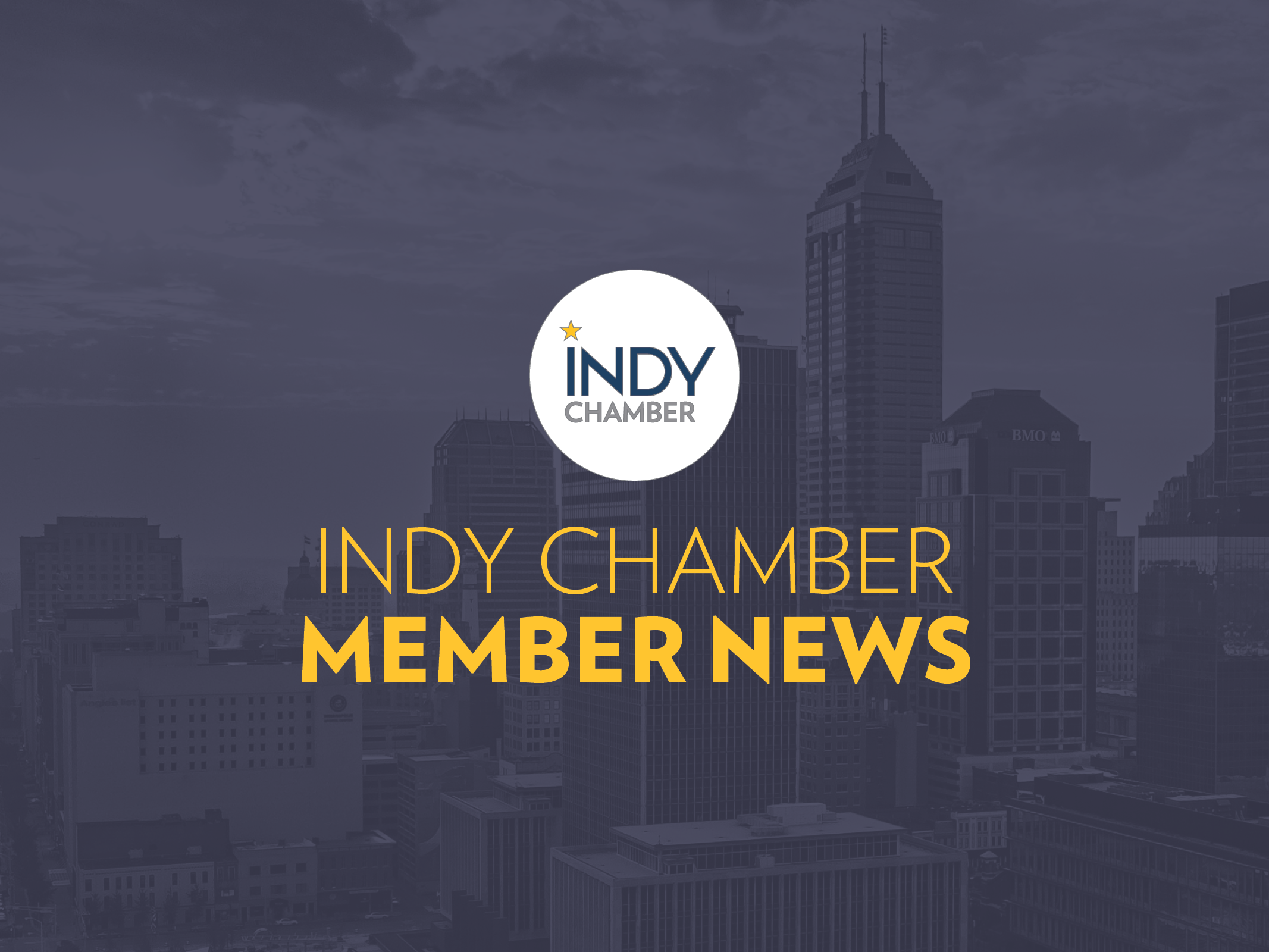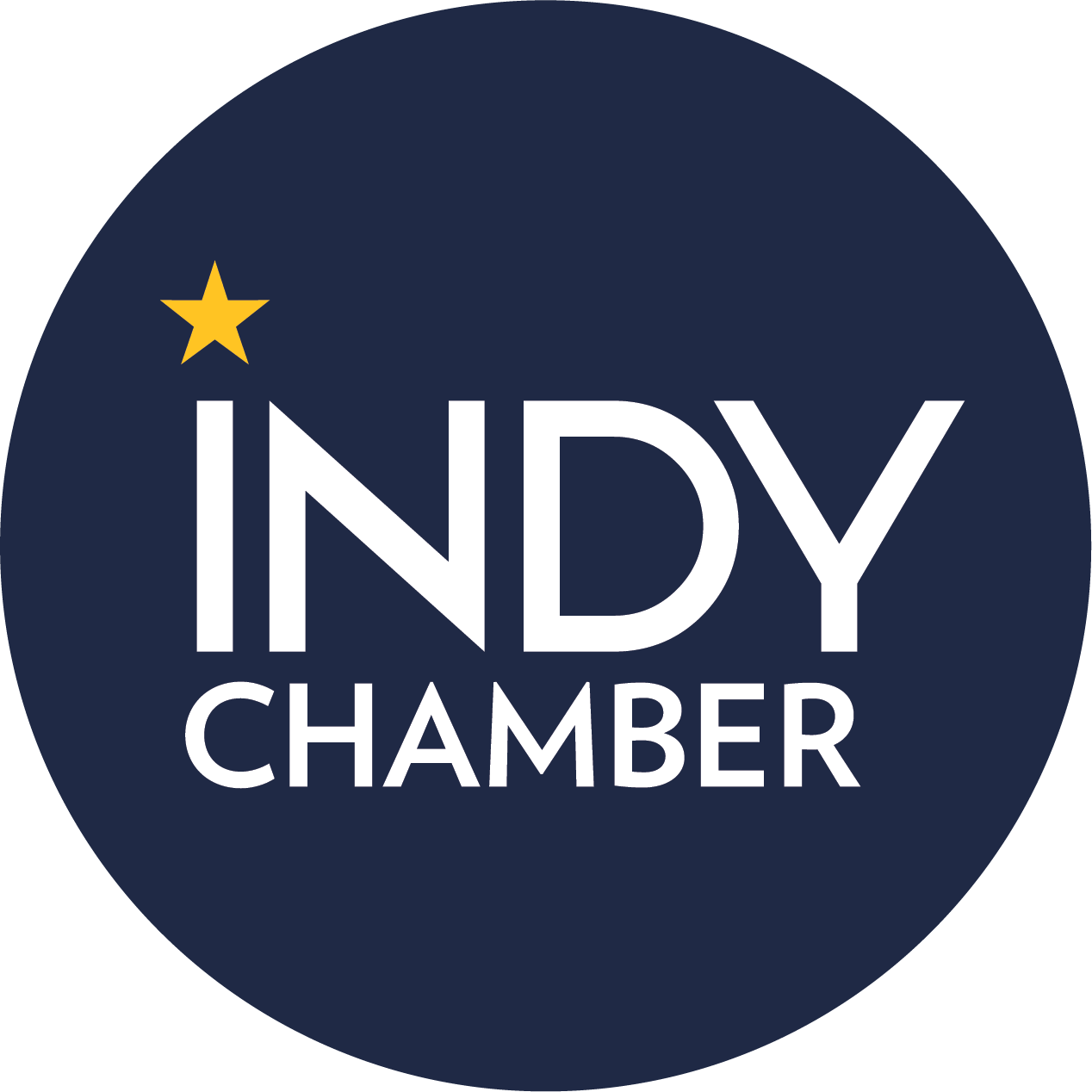Get

Indy Chamber News Archives
Indy transit – way behind schedule
For FedEx managers and workers in the mid-2000s, Indianapolis public transportation was a daily
dose of irony.
The global logistics giant managed to move nearly 10 million packages a day with 24/7 efficiency. But the hometown of its second-largest international hub lacked a transit system that could reliably get employees to work.
In one typical scenario, a FedEx worker who lived just eight miles away from the company’s operation at the Indianapolis International Airport had to leave home near 34th and Moller two-and-a-half hours before his evening shift—a mile walk, a downtown transfer, more than an hour on the bus.
“It was becoming more and more obvious that Indy’s bus system was a competitive disadvantage,” recalled Mark Fisher, the Indy Chamber’s Vice-President of Government Relations and Policy. “We weren’t connecting workers to jobs, we weren’t taking advantage of transit’s appeal to young talent or potential to attract new investment to neighborhoods.
“The question was, what could the business community do to push the issue harder?”
The answer, it turned out, was a lot—and today, years of effort are finally paying off.
A public-private push
In 2008, the Indy Chamber—with then-Vice-President of FedEx Bob Palmer voicing the frustrations of employers on its Executive Committee—began building a pro-transit partnership with the Central Indiana Corporate Partnership (CICP), Central Indiana Community Foundation (CICF), Metropolitan Indianapolis Board of REALTORS (MIBOR) and others.
The growing chorus of private sector transit supporters found a receptive ear in new Indianapolis Mayor Greg Ballard, and eager public allies in IndyGo, the Central Indiana Regional Transit Authority (CIRTA) and the Metropolitan Planning Organization (MPO).
Other metro elected officials, heeding their own business leaders and watching the growing flow of commuters and capital back-and-forth across county lines, were also signaling support for a regional solution. This renewed momentum led to Indy Connect, the public-private effort to create a Central Indiana transit plan.
Mass transit moment of truth?
Fast-forward seven years: Indy Connect has held hundreds of public meetings, collected input from tens of thousands of Hoosiers, and refined an ambitious blueprint for regional transit. The Indiana General Assembly authorized a local transit funding option through public referendum.
In February, IndyGo released a five-year plan implementing Indy Connect in Marion County. A few days later, the Federal Transit Authority endorsed a $75 million grant to begin building the Red Line, the first planned bus rapid transit route.
On May 10, the Indianapolis City-County Council voted in favor of Proposition 145, officially putting the transit referendum on the November 8 ballot in Marion County.
“We have a generational opportunity to transform our mass transit system,” said Indy Chamber President and CEO Michael Huber. “We are proud that the City-County Council will let voters have a say on this issue, and believe the public will see the value of transportation options and support transit in November.”
Access to jobs, appeal to talent
The plan that will go before voters triples the number of residents and doubles employment near high-frequency bus routes by 2021—more than two-thirds of the city’s people and jobs would be within walking distance of convenient, all-day transit. It also adds three new bus rapid transit (BRT) lines—starting with the Red Line—and creates a grid pattern of crosstown service to cut travel times.
“For businesses, reliable transportation means a more productive workforce,” explained Fisher, who also serves on the IndyGo Board of Directors. “For riders, better access to employment and education means upward mobility. IndyGo has built on Indy Connect to offer a plan that serves employers and the public.”
The referendum funds a bigger fleet and longer hours: Crosstown service would cut wait and travel time, with buses coming more often, earlier in the morning and later into the night seven days a week. Extended schedules would make IndyGo a practical option for those with varied work and school routines.
“Today’s system makes even the typical commute a challenge,” Fisher noted. “Jobs with evening and weekend work are mostly off-limits to transit-dependent workers. This plan changes all that.”
The plan also adds three new bus rapid transit (BRT) lines: The north-south Red Line, with the head start
of federal funding, is already slated to begin construction next year. Referendum revenues would support the
east-west Blue Line route from Cumberland to the airport along Washington Street, and the Purple Line running along 38th Street east of Meridian before turning north to Fort Benjamin Harrison in Lawrence.
These rapid routes will offer fast-paced service every
5 or 10 minutes at peak commuting times with dedicated bus lanes. These BRT routes also create transit-oriented development opportunities, attracting new residents and housing, retail and commercial investment near stations.
Transit Drives Indy
The Marion County Transit Plan makes IndyGo a more appealing, accessible option, and makes Indianapolis a more convenient, connected city for everyone.
But the plan relies on the referendum’s 0.25% income tax increase (25 cents for every $100 of taxable income). The modest cost—less than $10 a month for the average Indianapolis household – creates sustained revenue to maintain a modern mass transit system.
To give supporters a way to gear up for the fall campaign, the Indy Chamber has launched TransitDrivesIndy.org. The site includes details on the plan and a sign-up to “get on board” for the pro-transit effort.
“It’s been a long time coming,” noted Fisher. “A referendum on the ballot in November means more than a decade of planning, outreach and advocacy will come down to the next few months.”
To help drive transit forward, please visit TransitDrivesIndy.org, and encourage your employees, colleagues and friends to do the same.
Timeline
2008-Present
Indy Connect regional transit planning and public outreach
2014
Indiana General Assembly allows county option income tax via referendum
IndyGo prioritizes future investments in more rapid, frequent and efficient service to meet the needs of current and future riders
2015
Red Line design and public outreach intensifies as the region’s first planned rapid transit
Marion County transit plan development in progress
2016
February: Red Line Small Starts Grant awarded by Federal Government
Marion County Transit Plan public and business feedback
March: Marion County Transit Plan revisions
November: Referendum to fund the Marion County Transit Plan
2017-2018
Construction of Red Line (Phase 1) begins 2017
Red Line begins operations 2018
2021
Marion County Transit Plan fully implemented
Member Stories
Eskenazi Health Wins Three Categories and Takes Top Honor at Indy Chamber’s Monumental Awards

Learn From Langham Logistics During Free Leadership Lunch On April 9

Join Our Newsletter
Quick Connect Links


